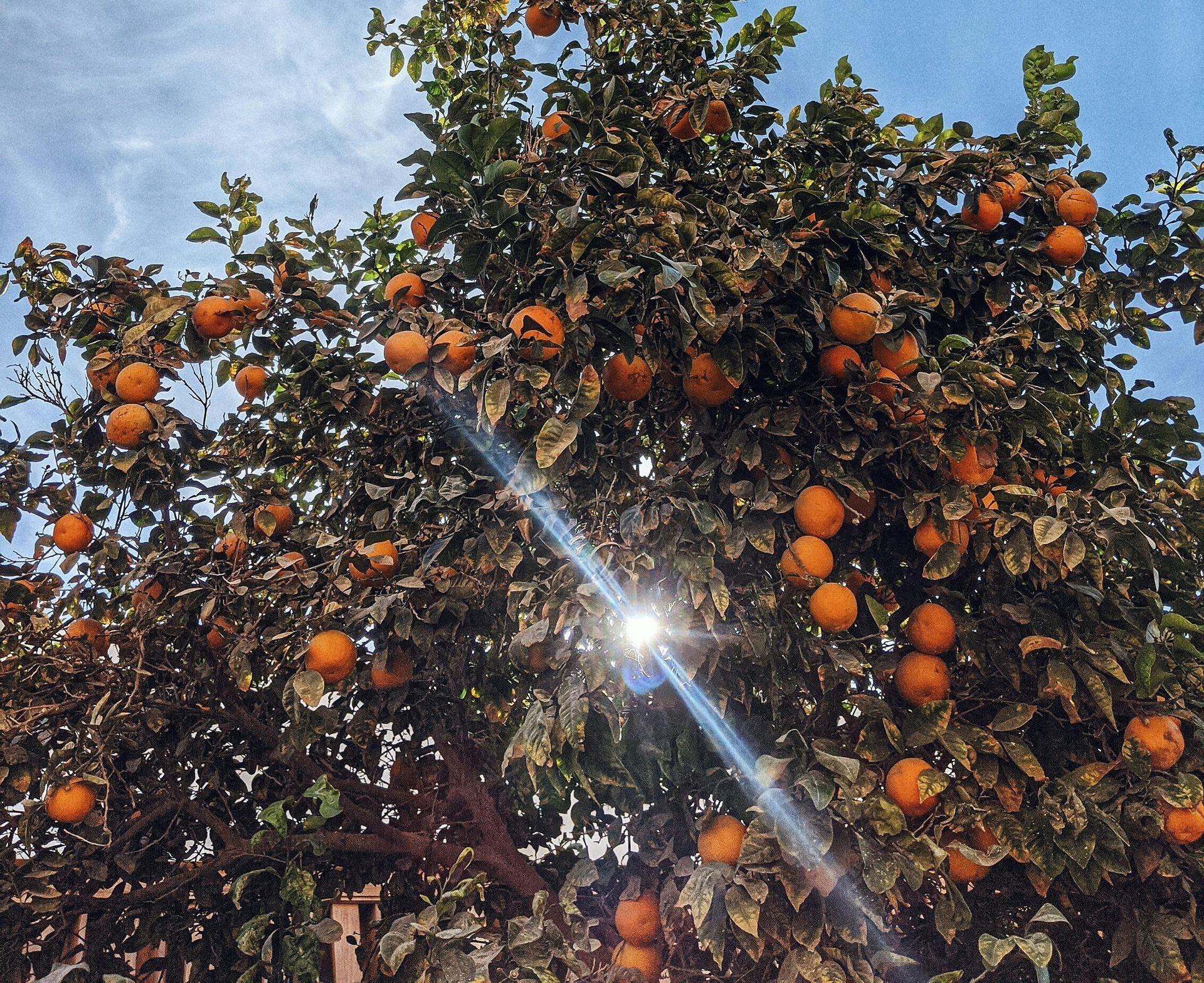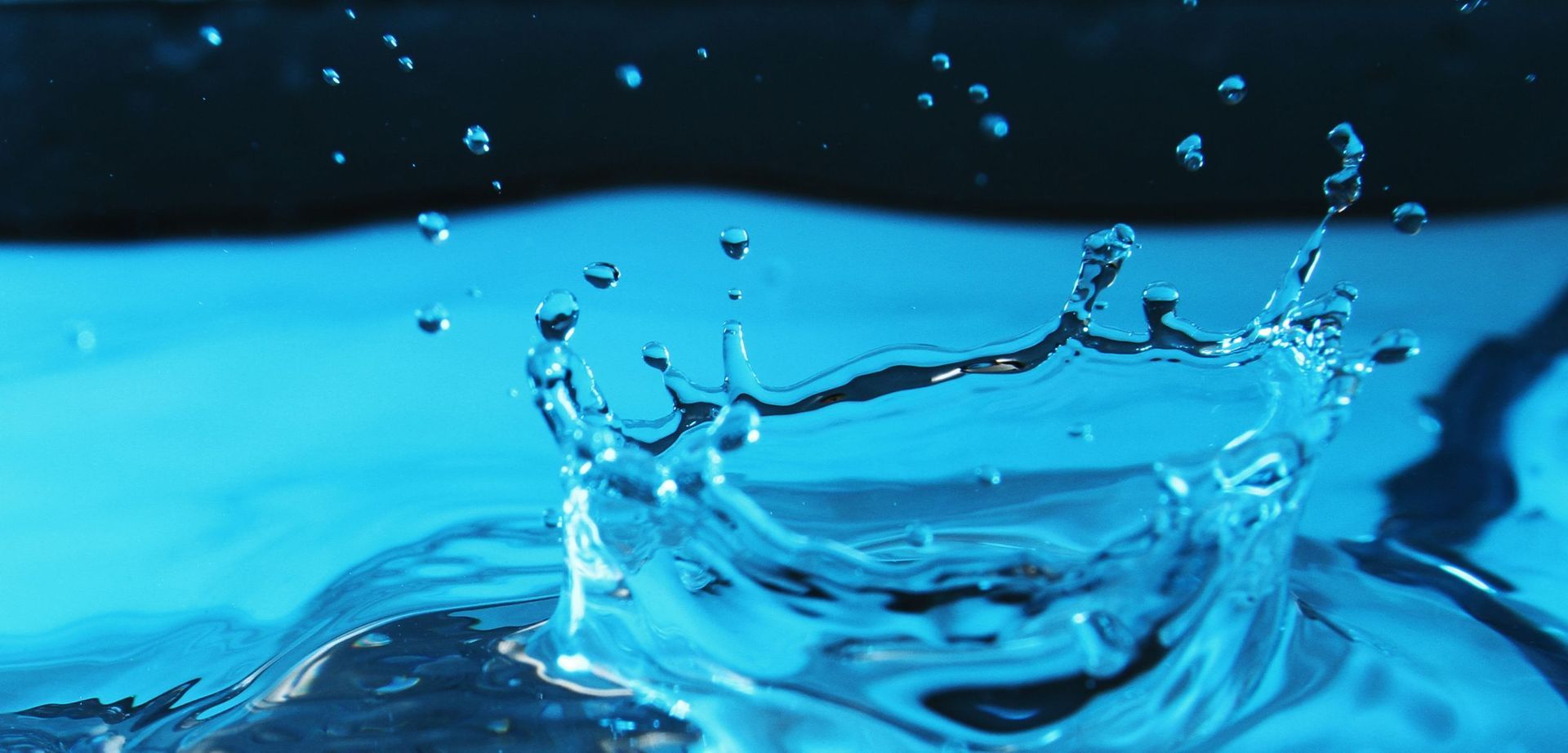Ferticell®’s Non-GMO Prescription to Prevent and/or Overcome Weather Related Stress
Abiotic stress could affect large areas of the U.S. this year. Plants need the right amount of sunlight, water, low/no salinity, and nutrient levels. Higher temperatures and lack of rain leads to various forms of stress that inhibit plant growth, as well as leads to dormancy, which is hard to overcome once it starts (we can)! An unhealthy biome cannot improve soil structure to increase water holding capacity, water productivity, and water infiltration. Using fertilizers with high salt indexes, especially in high salinity soil, further decreases soil fertility and variability. Soil acidification erodes a plants root system and can lead to root death. This combination retards the plants’ ability to assimilate nutrition. To prevent and mitigate stress, Ferticell™ developed protein hydrolysate (peptides and free amino acids) products that have multiple benefits to relieve all forms of stress.
Ferticell® products contain natural plant growth phytohormones, found in algae, microorganisms, unicellular fungi, and bacteria. No need for water when applied and absorbed by the plant and active immediately for better results. Among them:
- Abscisic Acid {ABA)-stimulates cell elongation and influences growth.
- Auxins {lAA)-compounds that promote root stimulation and the production of other growth substances that work with cytokinins.
- Cytokinins-chemicals that influence cell division, shoot formation, delay death, and mediate auxin transport.
- Ethylene-part of the antioxidant defense system to protect plants from environmental stress conditions.
- Gibberellins {GA's)-promotes flowering and cellular division and also reverses the inhibition of shoot growth and dormancy induced by ABA.
- Jasmonic acid-induces the synthesis of proteins which participate in the defense of plant cells against pathogens, physical and chemical stresses.
Ferticell® products also:
- Allow faster, efficient fertilizer assimilation.
- Increase root development by increasing lateral and deeper roots. Longer tap roots, especially if developed before stress begins, are important in finding water for drought resistance and survivability.
- Lower salt content than seaweed or kelp products, reducing salt and burn potential more than high salt conventional fertilizers that share some common ingredients.
- Promote continuous feeding to retard or reverse dormancy.
All to prevent or counteract abiotic stress to continue growth and increase survivability.
- Nutri Plus™ 2.5-0-0, is a bio stimulant with 18 of 20 essential protein amino acids, total of 42. Amino Acids are considered to be the only natural bio stimulant and catalyst other than water.
- Universal™ 0-0-1 has a 25% algae content to handle all four stressors. It also promotes biological activity in the root zone, for a stronger plant set, deeper roots for more efficient nutrient exchange and uptake. Helps your plants reach water before and during stress and makes nutrients more readily available.
- Pro Primer™ 2-0-0 with Fulvic Acid stimulates root growth and facilitates and improves soil biology activity while allowing for quicker unlocking of existing and bound up soil nutrients.
- Microelements™ 1-0-0 is a comprehensive package also with the added benefit of freshwater algae that further aids the plant during stress. Its sulfur is vital for photosynthesis, respiration, and the formation of cell membrane structure in the plant.
- Pro N Silica™, coming soon, is a product that combines nitrogen with opaline silica. Silica improves heat, salinity, and drought tolerance. It also improves leaf chlorophyll production as well as stem strength which is critical when plants are in stress. It rectifies the imbalances of a number of elements that are important including phosphorus.
All Ferticell® products help the plant resist and better navigate stress by the application of frequent low amounts of our freshwater algae and amino acids. The inclusion of cytokines and gibberellic acids stimulates ongoing growth in the plant, especially during challenging stress instances. They also reverse the inhibition of shoot growth and plant dormancy. More importantly plants will stay viable while continuing to feed and produce chlorophyl in order to maintain energy at levels that will allow them to survive. Because our products are mostly applied as a foliar, we feed the plant when water is not available to keep it thriving when others cannot.
When these products are used in conjunction with others, like the Explorer™ nitrogen line or ProCal™ 3-0-0, you get the best solution to maintain and grow crops before and during the challenges of stress.
FERTICELL® PRODUCTS ARE THE BEST “TANK BUDDY” ON THE MARKET!



